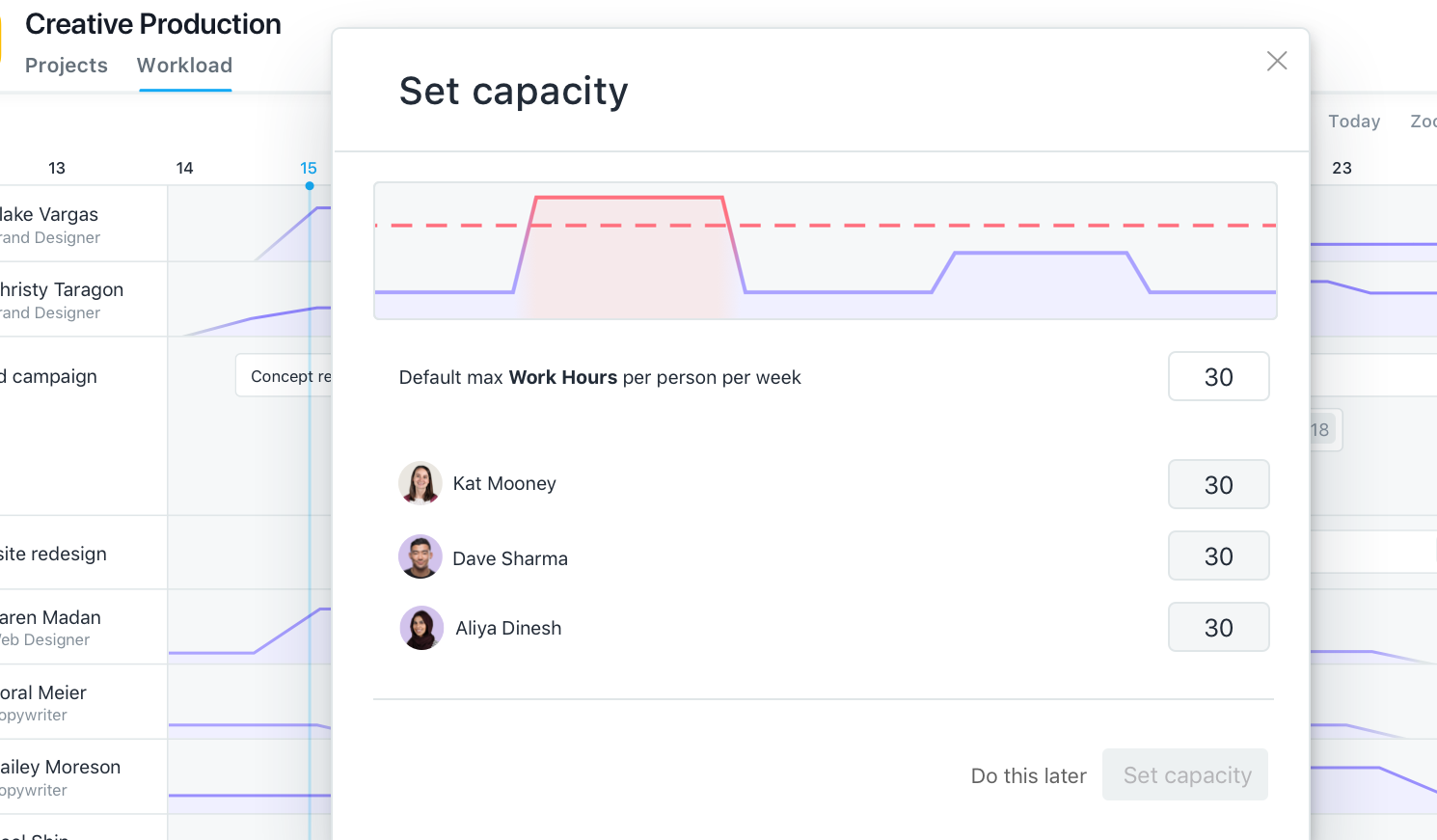The World Health Organization (WHO) officially classified employee burnout as an “occupational phenomenon” in the recent revision of its International Classification of Diseases (ICD-11), though it stopped short of elevating burnout to a full-blown medical condition. “Burnout is a syndrome conceptualized as resulting from chronic workplace stress that has not been successfully managed,” the organization said.
Supporting this finding, a recent study from U.S. analytics and advisory company Gallup found that 23% of full-time workers in the U.S. reported feeling burnout “very often or always,” while 44% felt burnout sometimes. A separate Harvard study from a few years back found that workplace stress contributed up to $190 billion dollars a year to U.S. health care costs, or 8% of total national spending.
It’s against this backdrop that Asana, the team and task management platform cofounded by Facebook cocreator Dustin Moskovitz, is setting out to help teams manage their human resources more effectively and avoid employee burnout.
By way of a quick recap, Asana operates a freemium “software-as-a-service” (SaaS) model spanning Basic (free), Premium, Business, and Enterprise plans. At its core, Asana is designed to help individuals and teams manage and collaborate on projects — including detailing deadlines, sharing feedback, viewing milestone and task visualizations, and assigning work across teams.
June 5th: The AI Audit in NYC
Join us next week in NYC to engage with top executive leaders, delving into strategies for auditing AI models to ensure fairness, optimal performance, and ethical compliance across diverse organizations. Secure your attendance for this exclusive invite-only event.
Workload
Back in June, Asana quietly rolled out a new feature called Workload to Business and Enterprise subscribers. It offers a single view into work across all projects and allows project managers to reassign or postpone specific tasks. The initial launch was fairly limited in scope, as it just showed Workload metrics based on task count, but this week Asana lifted the lid on the full version, which features a bunch of new smarts, including customized metrics covering hours, points, or whatever else a company wishes to use to quantify an individual’s overall “effort.”
“The most productive, and happiest, teams are ones that have true clarity on who is doing what, by when,” noted Asana product head Alex Hood. “We created Workload to deliver a centralized view of your team’s capacity that’s connected to the actual underlying, real-time work.
With the full rollout, Workload also now allows users to set capacity limits, which includes visual alerts when work exceeds an individual’s preset capacity. For example, if a worker already has too much on their plate, Asana can issue alerts when that worker is assigned new tasks that could force them to work into the evening or on weekends.

Above: Asana: Setting capacity
Workload operates in tandem with a separate tool Asana launched last year called Portfolios, which provides a centralized view of a company’s projects. Together, the two offer what Asana refers to as a “GPS” for organizations, helping them steer employees and their assigned tasks and better manage their resources by adapting to shifting priorities and deadlines.

Above: Asana’s Workload
The story so far
Asana was founded by Dustin Moskovitz and software engineer Justin Rosenstein, who spearheaded early Google products such as Gmail chat and went on to drive development of Facebook’s original Like button. The duo exited Facebook in 2008 to kickstart Asana, though the product didn’t launch to the public for a few years. Asana has managed to attract some notable backers, including Mark Zuckerberg, Sean Parker, and Peter Thiel, and it recently raised another $50 million at a $1.5 billion valuation.
The broader task-management software market is reportedly worth $2 billion today, and a number of well-financed startups are hustling for their share of the pie. Earlier this week, team and task management platform Monday.com raised $150 million at a $1.9 billion valuation, for example, while a few months back Mavenlink raised $48 million.
Although these platforms have different pros and cons, they’re all geared toward the same goal: improving productivity and efficiency in business.
“While today’s modern workplace has more ways to communicate and collaborate than ever before, the majority of teams are still turning to outdated spreadsheets and email chains to plan and manage the work across team members,” Hood added. “With Workload, not only are your most important projects and initiatives completed on time, you never lose sight of your most valuable resource — your team members.”


